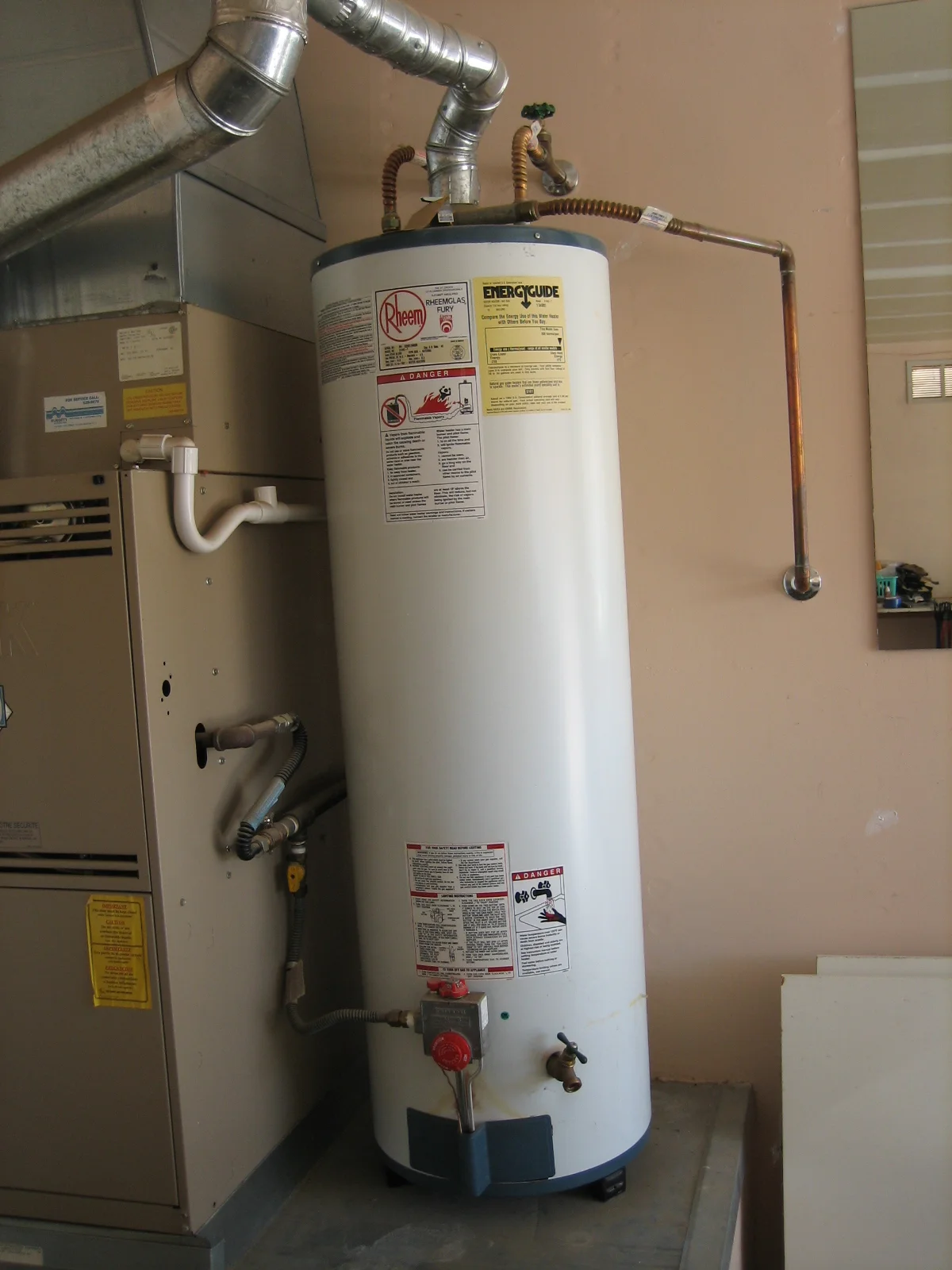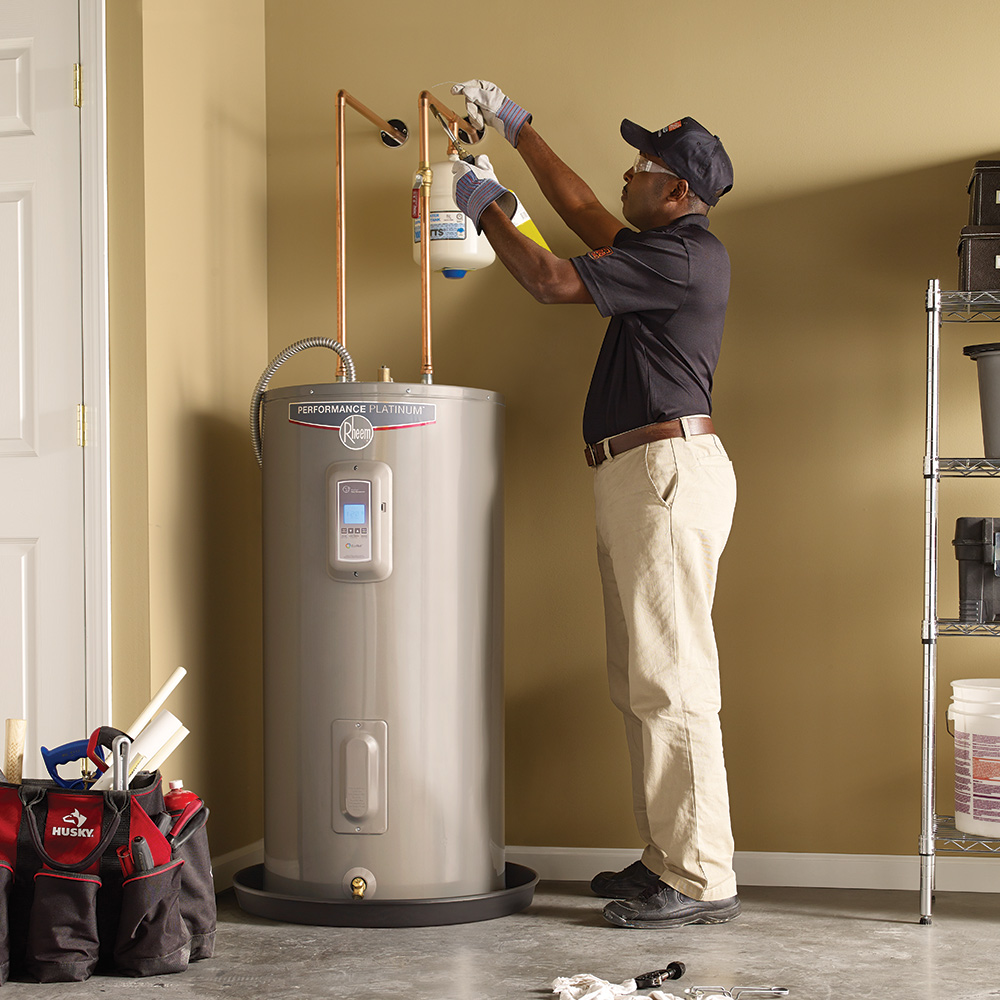Professional Advice for Maintaining Your Home's Hot Water SystemSteps to Prolong the Life of Your Home's Hot Water System Through Maintenance
Professional Advice for Maintaining Your Home's Hot Water SystemSteps to Prolong the Life of Your Home's Hot Water System Through Maintenance
Blog Article
This great article in the next paragraphs involving What Kind of Maintenance Do Water Heaters Need? is seriously captivating. Give it a go and make your own personal results.

Hot water is necessary for day-to-day comfort, whether it's for a rejuvenating shower or washing meals. To ensure your warm water system runs successfully and lasts longer, regular maintenance is vital. This article supplies useful suggestions and insights on exactly how to preserve your home's hot water system to prevent disruptions and pricey repair work.
Introduction
Keeping your home's warm water system might appear daunting, however with a couple of basic actions, you can guarantee it operates smoothly for many years ahead. This overview covers everything from comprehending your warm water system to DIY upkeep tips and knowing when to hire professional assistance.
Value of Keeping Your Warm Water System
Regular maintenance not only prolongs the life-span of your warm water system but also guarantees it operates effectively. Ignoring upkeep can cause lowered performance, greater energy expenses, and also early failing of the system.
Indicators Your Warm Water System Requirements Maintenance
Understanding when your warm water system requires interest can protect against major problems. Watch out for indicators such as inconsistent water temperature, unusual noises from the heater, or rusty water.
Understanding Your Hot Water System
Before diving right into upkeep jobs, it's useful to understand the basic components of your hot water system. Typically, this includes the water heater itself, pipes, anode rods, and temperature level controls.
Monthly Upkeep Tasks
Normal month-to-month checks can assist capture minor problems prior to they intensify.
Flushing the Water Heater
Flushing your water heater eliminates sediment buildup, boosting performance and lengthening its life.
Monitoring and Replacing Anode Rods
Anode rods stop rust inside the tank. Checking and changing them when worn is vital.
Examining and Adjusting Temperature Setups
Changing the temperature level setups guarantees optimal performance and security.
DIY Tips for Maintenance
You can execute a number of maintenance tasks on your own to keep your warm water system in top problem.
Checking for Leaks
Regularly evaluate pipelines and links for leakages, as these can result in water damages and greater bills.
Checking Pressure Alleviation Valves
Evaluating the stress relief valve guarantees it operates appropriately and protects against excessive pressure build-up.
Protecting Pipes
Shielding hot water pipelines decreases warm loss and can save energy.
When to Call an Expert
While DIY maintenance is useful, some concerns need professional proficiency.
Complex Issues Calling For Professional Help
Examples consist of major leaks, electrical problems, or if your hot water heater is constantly underperforming.
Regular Professional Upkeep Perks
Specialist upkeep can include complete assessments, tune-ups, and guaranteeing conformity with safety and security requirements.
Final thought
Normal maintenance of your home's warm water system is vital for efficiency, durability, and price savings. By complying with these pointers and knowing when to look for expert aid, you can guarantee a trusted supply of warm water without unexpected disruptions.
Water Heater Maintenance: The Basics
Maintaining your water heater will ensure it operates efficiently and has a longer lifespan. Neglecting regular maintenance can lead to costly repairs and an even bigger chunk of your savings if you have to replace it sooner than necessary. But there’s good news: Most water heater maintenance tasks are relatively simple and easy for homeowners with basic DIY skills.
Flush the Water Heater
Over time, sediment and minerals can build up in the tank, reducing its efficiency and potentially causing damage. To flush the tank, turn off the power or gas supply, attach a hose to the drain valve near the bottom and open the valve to drain the water until it runs clear. Ideally, flush the tank annually.
Replace the Anode Rod
The anode rod is a sacrificial metal rod that helps prevent corrosion inside the tank. Inspect and replace it every three to five years or per the manufacturer's recommendation. To replace the anode rod, turn off the power or gas supply, drain a few gallons of water from the tank, unscrew the old rod and replace it with a new one. If the anode rod is significantly corroded or covered in calcium buildup, it's a sign the water heater may need to be replaced soon.
Tune-Up
A yearly tune-up can help identify potential issues and ensure your water heater operates at peak efficiency. This typically involves checking the thermostat, burner assembly (for gas heaters) and any other components specified by the manufacturer. During a tune-up, the technician may also clean the burner and adjust the pilot light (for gas heaters) or examine the heating elements (for electric heaters).
How to Maintain Your Water Heater
Insulate the tank. Insulating the tank can improve energy efficiency and reduce heat loss, saving you money on energy bills. You can purchase precut insulation blankets designed specifically for water heaters or use standard fiberglass insulation wrapped securely around the tank. Check the temperature. The recommended water temperature for most households is around 120 degrees Fahrenheit (49 degrees Celsius). Higher temperatures can increase energy costs and potentially cause scalding. Use a kitchen thermometer to check the temperature at the faucet nearest the water heater. Monitor water pressure. Excessive water pressure can strain the water heater and cause leaks or even tank failure. Install a pressure-reducing valve if necessary. The ideal water pressure range is between 60 and 70 PSI (pounds per square inch). Test the temperature and pressure (T&P) relief valve. The T&P relief valve is a safety feature that releases pressure if the tank gets too hot or the pressure builds up too high. Test it annually by lifting the lever and allowing a small amount of water to release. Replace the valve if it doesn't release water or reseal properly. Check for leaks. Regularly inspect the tank, pipes and fittings for leaks or corrosion. Deal with issues promptly to prevent further damage. Even a small leak can lead to significant water damage over time. Consider a tankless water heater. If your traditional tank-style water heater is nearing the end of its lifespan ( typically 10 years), consider replacing it with a tankless water heater. These units heat water on demand, reducing standby energy losses and potentially saving you money on your energy bills. Schedule professional maintenance. While homeowners can perform many water heater maintenance tasks, it's still a good idea to schedule professional maintenance every few years. A plumber or HVAC technician can thoroughly inspect the unit, identify potential issues and ensure it operates safely and efficiently. https://www.homeserve.com/en-us/blog/home-improvement/hot-water-heater-maintanence/

I recently found that write up on How to Maintain Your Water Heater & Prolong its Life while doing a lookup on the internet. Do you know about another individual who is sincerely interested in the topic? Be sure share it. Thanks for your time. Don't forget to come by our blog back soon.
Or Book Technician Here Report this page